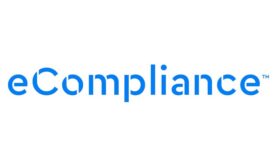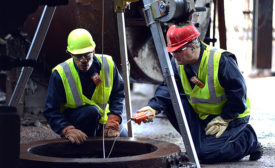Home » Keywords: » safety culture
Items Tagged with 'safety culture'
ARTICLES
Safety excellence requires a deep dive into goal-setting
You need more than lip service
March 26, 2019
Safety technology engages workers
Smart PPE puts your people in proactive positions; enabling real-time reporting & alerts
March 25, 2019
The cost of careless gas detection
We’re talking about fines, neglected equipment, no maintenance & possible loss of life
March 21, 2019
Mobile devices, connected devices & analytics are game-changers
Technologies improve program, performance
March 4, 2019
2019 top standards- Critical OSHA standards
OSHA injury - illness recordkeeping standard
OSHA Injury / Illness Recordkeeping and Reporting 29 CFR 1904
January 7, 2019
Creating an employee-centric safety culture
You need ownership, training and safety as a value
October 9, 2018
Become a Leader in Safety Culture
Build your knowledge with ISHN, covering key safety, health and industrial hygiene news, products, and trends.
JOIN TODAYCopyright ©2025. All Rights Reserved BNP Media.
Design, CMS, Hosting & Web Development :: ePublishing










